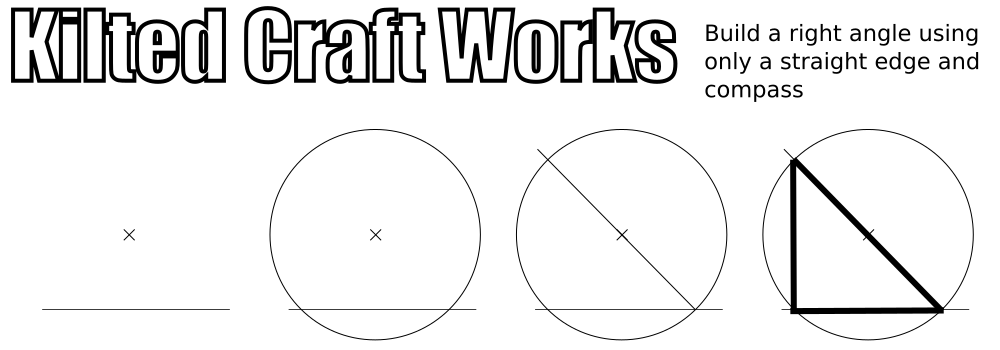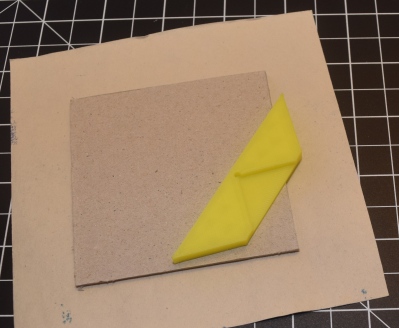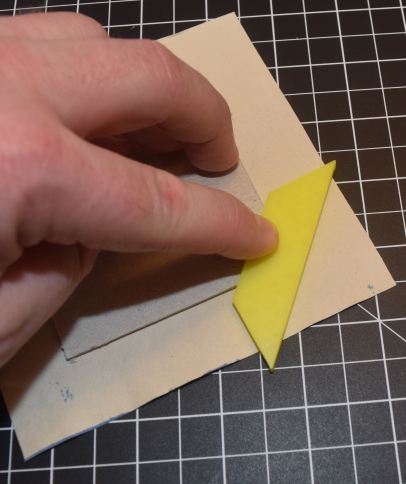Long story short: I tried to use a tumbler to conformally sand 3D prints and clean up old metal parts. It didn’t work that well.
Long story long: I wanted a way to sand complex parts such as 3D prints and old tools. I can convert rust easily enough, but it leaves surfaces dark, and doesn’t handle other grunge. Sanding 3D parts works, but never gets the nooks and crannies right.
Enter the tumbler! It is a funny shaped open top globe that vibrates. Shooters use them to tumble brass bullet casings to clean them up. I started with sand because it is abrasive and cheap.
No luck, sand didn’t do much even after hours of work. How do the rock tumbler guys do it? Silicon carbide grit. Lovely! I will buy some and mix it with my sand.

Watching it combine with the sand is a really fun trippy experience.

I tried lower concentrations of carbide grit to sand, but eventually added the whole 5lb bag of grit. The metal and printed parts both spent 2-3 hours in full concentration grit. I feel like the metal parts may have benefited. It is a little hard to tell in the photos, but the metal is a bit cleaner.
The 3D prints didn’t show much improvement. The sanded one was a touch smoother in places, but picked up a lot of staining from the grit. None of the ridged areas were knocked down well. On the plus side, delicate features didn’t break off.
Poor pickle rick is just going to have to remain rough around the edges. Don’t buy a tumbler and grit to sand your 3D prints, it doesn’t work well.















